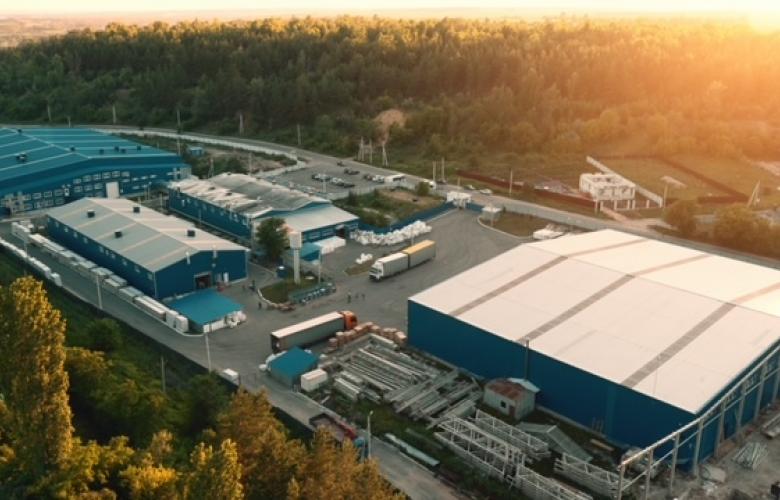Once bitten: ‘Just-In-Time’ inventory management still a long way shy of return
Contact
Once bitten: ‘Just-In-Time’ inventory management still a long way shy of return
Post-pandemic, ‘Just-In-Case’ continues to find favour ahead of the traditional Just-In-Time delivery method.
The COVID-19 pandemic and consequent drastic disruption to long-established global supply chains blew the notion of ‘Just-in-Time’ inventory management out of the water, with logistics teams scrambling to take a ‘Just-in-Case’ approach – building adequate stock levels so as not to be caught short.
The increasingly favoured ‘Just-In-Case’ model allows companies to meet a sudden surge in customer demand, especially from online consumers, through fleet-footed local distribution centres maintaining healthy volumes of stock, especially of fast-moving consumer goods (FMCG).
“Before the pandemic, it was routine for most supply-chain managers to try to become as lean and as efficient as possible, finding a cost-effective manufacturer to help accomplish this,” observed Peter Blade, JLL’s Head of Industrial & Logistics Australia.
“However, this meant supply chains were vulnerable to single points of failure, which the pandemic and its myriad trade disruptions provided in abundance.”
Since the onset of COVID-19, manufacturing diversification has allowed the spreading of supply chains across geographies while limiting the number of any single points of potential failure in terms of transportation and distribution. But savvy operators are going further in shoring up their businesses.
According to a study in the United Arab Emirates conducted by business academic Atif Saleem Butt, retailers are employing six countermeasures to mitigate the effects of COVID-19 on supply chains. As well as securing required demand, preserving cash flows and redirecting inventory, the retailers have added capacity to their distribution centres, becoming more flexible and widening delivery options for their suppliers.
The experience is playing out similarly in Australia, with JLL’s Supply Chain team noting that the majority of Australian warehouse occupiers are now needing to hold approximately 30% more inventory relative to pre-pandemic levels, with FMCG players having the highest requirements.
“Domestic supply chains – thanks to their natural agility and the trend towards onshoring of manufacturing – are less reliant on the ‘Just-In-Case’ approach,” said Mr Blade. Nevertheless, they, too, were adopting inventory levels higher than they did pre-COVID. This was expected to ease over the medium term as normality returned.
“But a complete return to ‘Just-In-Time’ remains a long way off,” Mr Blade added.
The global supply chain disruption sparked by the pandemic originally resulted in a spike in the level of gross take-up of industrial space, mainly from 3PLs and retailers, according to JLL Research, with both the Retail Trade and Transport, Postal and Warehousing sectors exceeding the previous record national annual gross take-up for their sectors during 2020 (by 59.4%) and 2021 (34.2%).
However, the market remains choppy with the historically tight vacancy environment making it hard to distill true levels of demand for space. While some occupiers are hunting for a pre-lease for larger space in the future, others have found themselves with too much space after initially overestimating future requirements.
Easing supply chain bottlenecks are expected to improve availability across the industrial market and reduce stress on overflow storage facilities, according to Mr Blade.
“Ultimately, while the worst is likely behind us, lean supply chains are simply not possible any time soon,” he said. “Problems in ports and persistently prevalent bottlenecks in China remain unresolved.
“Despite this, occupier activity is expected to normalise to pre-COVID levels, with a more fluid sub-lease market likely to mitigate some occupier space relinquishment. The tailwinds exhibited throughout the pandemic, namely eCommerce adoption, are likely to be structural, with many groups deriving a larger share of their revenue from online sales, supporting the holistic strength of the industrial sector over the medium-to-long term.”






